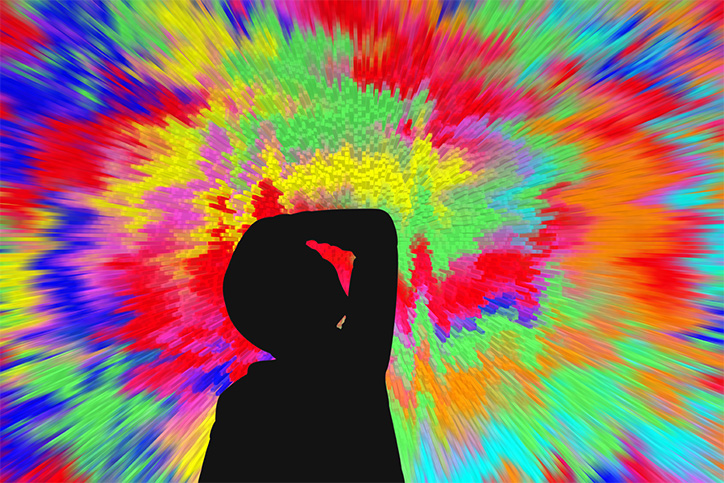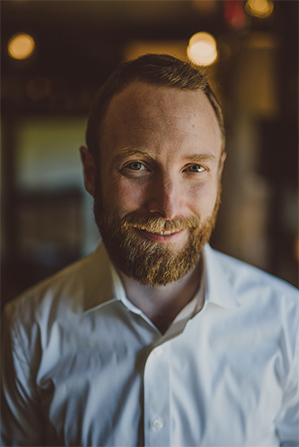Migraine prevention in children and teens: Weak support for medication

Several medications successfully treat an active migraine. But a review of the medical literature from Boston Children’s Hospital finds only weak evidence that drug treatment prevents migraine in children and adolescents. Only two medications — topiramate and propranolol — showed any difference in preventing migraine in this age group compared with a placebo.

The authors reviewed 23 clinical studies of medications used for migraine prevention in children and adolescents. Altogether, nearly 1,700 patients received an active drug, while about 520 patients received a placebo. Very few trials found a difference in migraine prevention between drug and placebo. The review was published in a paper in JAMA Pediatrics.
In this Q&A, co-first author of the paper, Joe Kossowsky, PhD, MMSC, of the Department of Anesthesia, Critical Care, and Pain Medicine at Boston Children’s, discusses highlights of the study.
What is the background behind this study?
In 2013, a study of preventive drug treatments for migraine in children found only limited evidence that specific medications were more effective than placebo. This was in part due to the high placebo response in children.
Using a novel analytic approach, our study was intended to provide the most comprehensive and up-to date analysis of what we know about how effective, safe, and acceptable these medications are for preventing migraine in children and adolescents.
What were the main findings?
Over the short term, less than five months, only propranolol and topiramate provided any significant benefit for prevention compared with placebo. In the long term, no treatment was significantly more effective than placebo.
We are not saying that the other drugs do not work. Rather, there is a very high placebo response, which makes it difficult for medications to show superiority. Also, variation in the medication responses means that some children benefit from them, although the majority might not.
What might this mean for migraine prevention strategies?
We should not rely just on drug treatments. Instead, the preferred treatment should include non-drug approaches like:
- identifying triggers and avoiding them,
- lifestyle changes including diet and adequate rest,
- cognitive behavior therapy (CBT), biofeedback, relaxation.
If drugs are prescribed, they should be part of an overall treatment plan that includes these non-drug approaches. In all cases, careful consideration should be made about the drug’s benefits versus risks.
Were you surprised at the high placebo effect in many of these trials?
Yes and no. In a paper we published in 2017, we found high placebo responses in children and adolescents treated with certain types of drugs for mental health disorders, especially in major depression.
But I was surprised to see such a large response in migraine. However, our study confirms results of the large 2017 Childhood and Adolescent Migraine Prevention (CHAMP) study comparing topiramate, amitriptyline, and placebo. In that trial, 61 percent of the children in the placebo group showed a response. Contrast that with about 22 percent in adults in trials of drugs for migraine prevention.
Compared to adults, children and adolescents also appear to have a larger response to the overall context of treatment. Factors such as the patient/provider relationship, as well as the expectations of the patients and their parents, are very important in this age group. Together they can lead to a heightened placebo response as we described in an earlier study.
What is the message for health care providers and parents?
For providers, it would be that preventive treatment of migraine in children should not consist primarily of drug intervention. Instead, focus should be given on non-drug treatments.
Drug treatments can be used in addition, but patients and their parents should be informed about the low level of efficacy, especially long term.
What are the future directions for this research?
We need to identify children who are likely to benefit from preventive drug treatment, which medication to use, and the appropriate length of treatment.
We are looking to make those connections with new types of studies. They will examine any genetic predispositions to migraine and treatment response, and will hopefully lead to a more personalized approach in the future.
###
Helen Koechlin and Charles Berde from Boston Children’s Hospital contributed to this study. Cosima Locher, a research affiliate at Boston Children’s Hospital and the University of Plymouth in England, is co-first author.
Related Posts :
-

Which pain medication is right for your child? What a pediatrician wants parents to know
There’s no shortage of safe and effective pain medications for children. Acetaminophen (commonly known as Tylenol), ibuprofen (Motrin, Advil), ...
-

A better treatment for endometriosis could lie in migraine medications
Endometriosis is a common, mysterious, often painful condition in which tissue similar to the uterine lining grows outside the uterus, ...
-

AI-enabled medical devices are burgeoning, but many haven’t been tested in children
Medical devices that incorporate artificial intelligence and machine learning are proliferating. In 2013, the FDA approved fewer than 10 such devices; by 2023, ...
-

A sickle cell first: Base editing, a new form of gene therapy, leaves Branden feeling ‘more than fine’
Though he doesn’t remember it, Branden Baptiste had his first sickle cell crisis at age 2. Through elementary school, he ...





